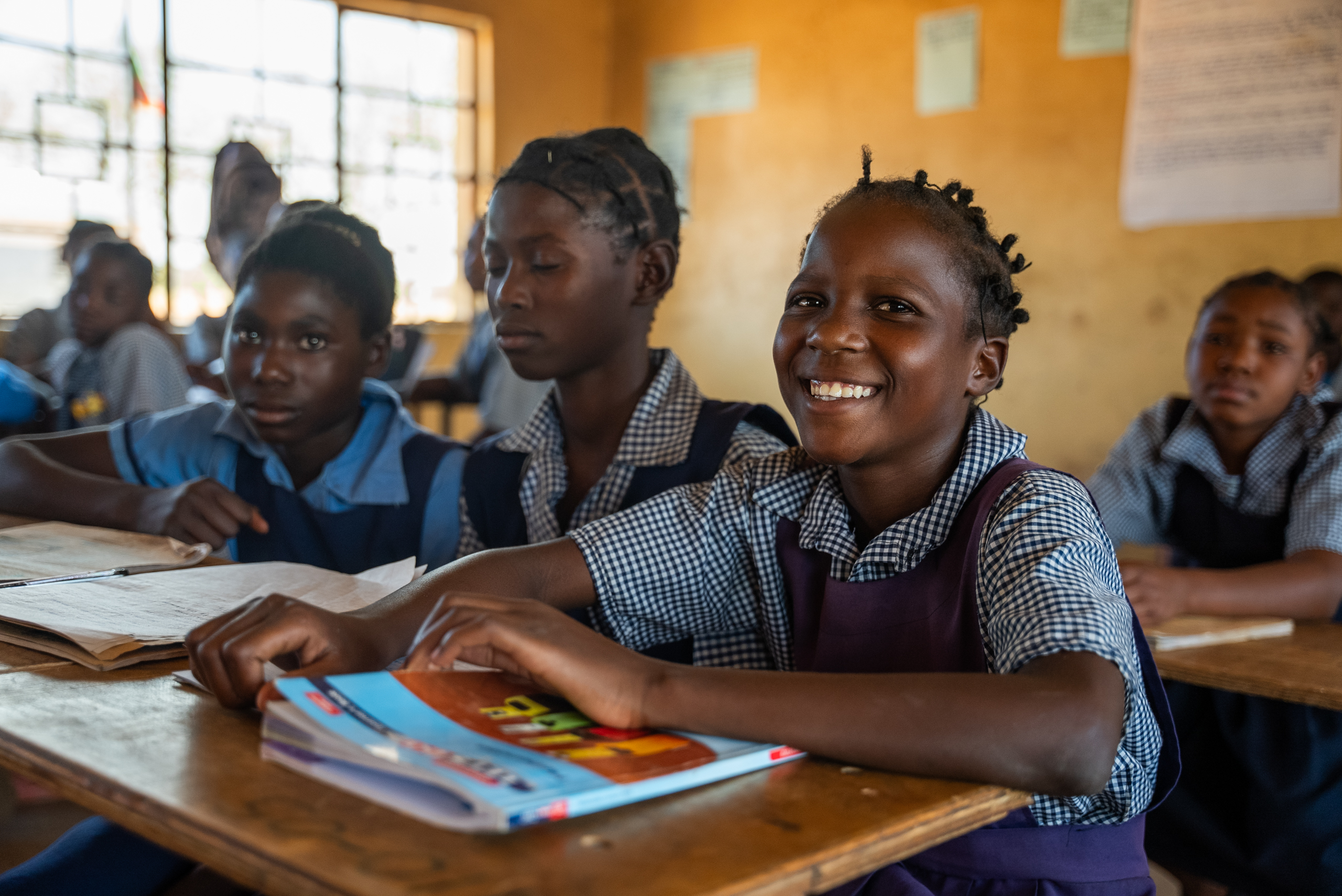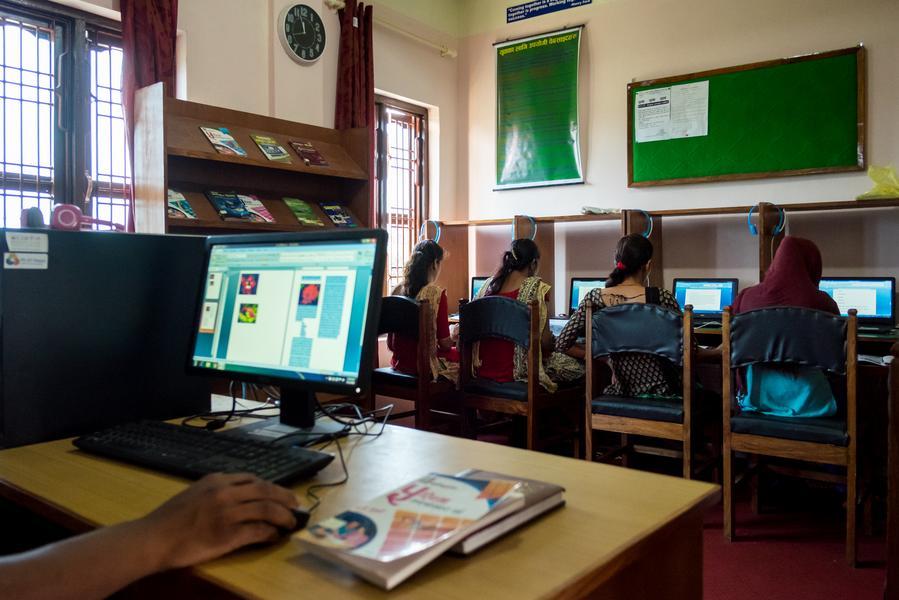Context and Issue
Out-of-school children (OOSC) are a notable concern in Nigeria, especially in rural and underserved regions, where their numbers are consistently higher. Despite the Federal Government of Nigeria's efforts detailed in the Nigeria Education Ministerial Plan (2018-2022) to tackle this issue, the prevalence of OOSC remains significant. Various interventions, including the Accelerated Education Programme (AEP), are proposed to supplement the government's existing strategies to address the OOSC problem in Nigeria.
Solution
The Accelerated Education Programme (AEP) is a commonly adopted educational solution worldwide to tackle the educational requirements of out-of-school children (OOSC), as highlighted by Menendez et al. (2016). AEP aims to equip learners with certified basic education competencies through suitable teaching methods that align with their cognitive development, as stated by Boisvert, Flemming & Ritesh (2017). The program's effectiveness in reaching OOSC is attributed to its adaptable structure, customized curriculum, extensive coverage, certification process, and efficient resource utilization.
From 2014 to 2023, international development organizations have provided funding and executed as many as five Accelerated Education Programs (AEPs) in Nigeria.
Insights
These initiatives have observed significant enrollment increases and led to the successful reintroduction of out-of-school children (OOSC) into the formal education system after intervention. This demonstrates the effectiveness of this education innovation in reaching OOSC. Considering the substantial number of OOSCs, the government must lead a scaled-up implementation of this intervention, supported by dedicated funding, to achieve a considerable nationwide impact.













